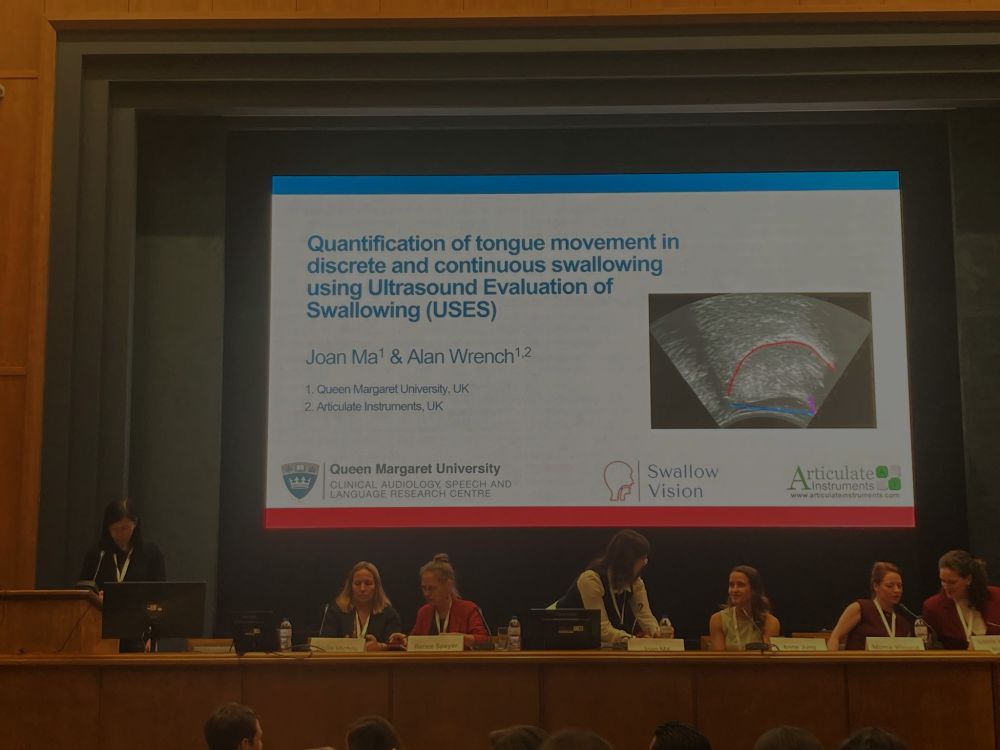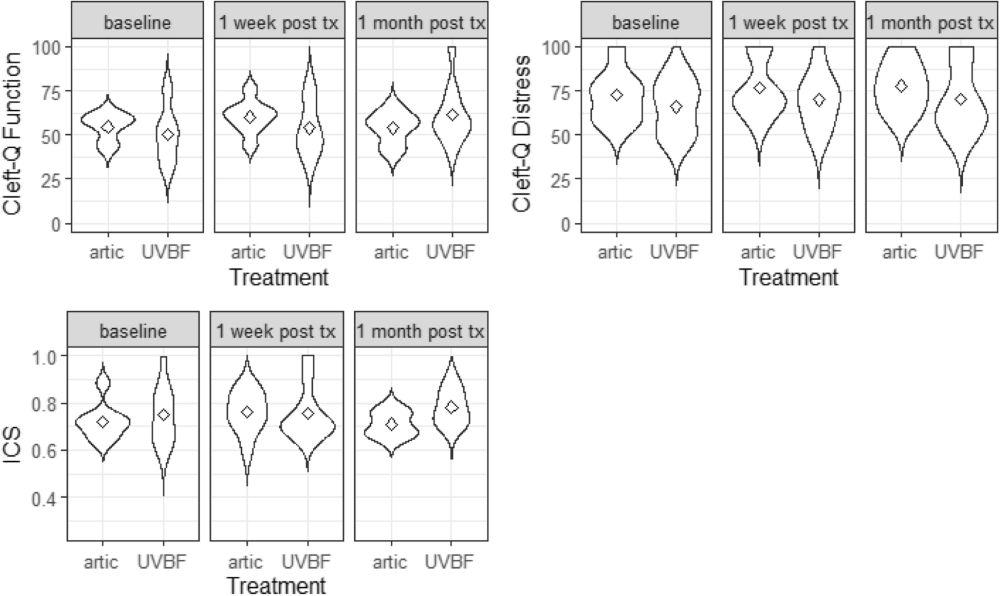


www.cell.com/current-biol...

www.cell.com/current-biol...

Join us at GIPSA-lab to explore how Speech Language Models can learn like children: through physical and social interaction. Think AI, robots, development 🧠🤖🎙️
Fully funded (3 yrs) • @cnrs.fr / @ugrenoblealpes.bsky.social
Details 👉 tinyurl.com/bde988b3
Join us at GIPSA-lab to explore how Speech Language Models can learn like children: through physical and social interaction. Think AI, robots, development 🧠🤖🎙️
Fully funded (3 yrs) • @cnrs.fr / @ugrenoblealpes.bsky.social
Details 👉 tinyurl.com/bde988b3
Video of Prof Takayuki Arai with his vocal tract models at #Interspeech2025
Love this analogue demonstration.

Video of Prof Takayuki Arai with his vocal tract models at #Interspeech2025
Love this analogue demonstration.
Paper: www.biorxiv.org/content/10....
Paper: www.biorxiv.org/content/10....
www.youtube.com/watch?v=PRgm...
Paper2Code: Convert research papers into working implementations
Text2Web: Generate frontend applications from descriptions
Text2Backend: Create scalable backend systems automatically
Auto Code Validation: Guaranteed working code

www.youtube.com/watch?v=PRgm...
Paper2Code: Convert research papers into working implementations
Text2Web: Generate frontend applications from descriptions
Text2Backend: Create scalable backend systems automatically
Auto Code Validation: Guaranteed working code
rse.org.uk/event/swallo...

rse.org.uk/event/swallo...
This new paper shows that cerebellar output neurons encode both predictive and corrective movements, mechanistically linking feedforward and feedback control.

This new paper shows that cerebellar output neurons encode both predictive and corrective movements, mechanistically linking feedforward and feedback control.
Almanzor et al. (2025). Self-organising bio-inspired reflex circuits for robust motor coordination in artificial musculoskeletal systems.
iopscience.iop.org/article/10.1...

Almanzor et al. (2025). Self-organising bio-inspired reflex circuits for robust motor coordination in artificial musculoskeletal systems.
iopscience.iop.org/article/10.1...

#SLT #openaccess
tinyurl.com/3jnamh7e

#SLT #openaccess
tinyurl.com/3jnamh7e


sites.bu.edu/stepplab/upc...
sites.bu.edu/stepplab/upc...
www.biorxiv.org/content/10.1...

www.biorxiv.org/content/10.1...
www.frontiersin.org/news/2025/01...

www.frontiersin.org/news/2025/01...

They observe that lick aiming by mice does not require activity in tongue sensory, premotor and motor cortices, but instead is dependent on a lateral region of the superior colliculus.

They observe that lick aiming by mice does not require activity in tongue sensory, premotor and motor cortices, but instead is dependent on a lateral region of the superior colliculus.
www.sciencedirect.com/science/arti...
Rightly points out that the role of the hyoid in speech is underinvestigated but the model and method used here is flawed and many questions remain.

www.sciencedirect.com/science/arti...
Rightly points out that the role of the hyoid in speech is underinvestigated but the model and method used here is flawed and many questions remain.




